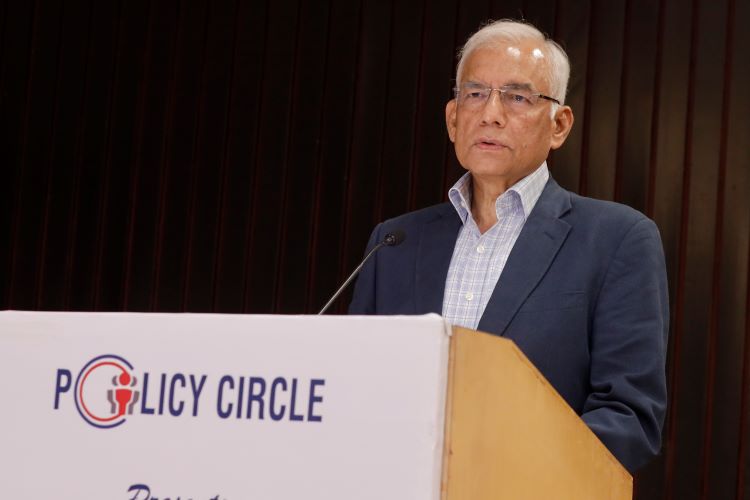In the realm of modern corporate dynamics, the discourse around Environmental, Social, and Governance (ESG) norms has risen to prominence. This speech transcript not only sheds light on the intricacies of the ESG framework but also presents two illustrative examples – one on the international stage and the other closer to home, within a notable Indian bank.
ESG encompasses three crucial facets within corporate values. Firstly, it delves into a company’s energy consumption patterns and its environmental footprint, considering waste management practices. Secondly, it examines the company’s relationship with society, its interactions with the community, and policies related to diversity and inclusivity. Lastly, the ESG framework delves into a company’s internal systems and procedures, scrutinising its interactions with external stakeholders and its compliance with evolving regulatory norms.
READ I Climate finance: Investing in the trillion-dollar global opportunity
The expanding ESG landscape
The traction of the ESG framework is undeniable. In 2020, global sustainable investments reached a staggering 30 trillion dollars, a tenfold increase from 2004. Although recent years have seen a minor dip in these figures, the momentum remains. What is crucial is that companies should not merely consider adhering to ESG norms as a regulatory formality. Instead, they should internalise these norms, embedding them into their daily operations and practices.
ESG integration carries tangible benefits for companies. It encompasses several facets, each with its own set of advantages. Firstly, companies adhering to ESG norms can attract customers who prioritise sustainable products and services. This leads to better access to government resources and support. Secondly, embracing ESG principles often leads to cost reductions, especially in terms of energy consumption. These cost savings enhance a company’s overall viability.
Thirdly, companies adhering to ESG norms enjoy strategic flexibility. By aligning their operations with these norms, they reduce their risk of regulatory entanglements and gain the freedom to focus on their core business strategies. Fourthly, the upliftment of employee productivity is a significant outcome. Staff members are more motivated and engaged when they observe sustainable practices being upheld by their organisation.
Lastly, perhaps the most compelling advantage is the potential for higher investment returns. A company with sustainable practices is likely to offer more favourable returns on capital over the long term.
Real-world examples
The efficacy of ESG integration becomes apparent through real-world examples. Unilever’s launch of its dishwashing detergent, Sunlight, designed for water conservation, exemplifies this. Not only did it result in a 20-25% increase in sales in water-scarce regions, but it also aligned with the global push towards sustainability.
On an international scale, the World Intellectual Property Organisation (WIPO) stands as a remarkable instance. Despite being a UN agency, WIPO operates independently, generating 93% of its resources. It underwent a transformation to incorporate a development agenda that balanced intellectual property rights with societal interests. This pivot showcased WIPO’s commitment to sustainable and responsible practices.
The State Bank of India (SBI), a cornerstone of the Indian banking landscape, embarked on an ESG-focused transformation. Initiatives such as floating green bonds, with a target of three billion dollars, underline SBI’s dedication to sustainable finance. Additionally, SBI’s credit risk assessment framework introduced ESG criteria. Companies not aligned with these norms face higher interest rates for loans, incentivising compliance.
The ESG framework is no longer a theoretical construct; it is a practical necessity. Its integration goes beyond compliance, driving companies toward more responsible, sustainable, and resilient operations. Real-world success stories, like Unilever’s and WIPO’s, coupled with initiatives like those undertaken by SBI, serve as inspiring templates for corporations to follow suit.
As the global community grapples with pressing environmental and social challenges, embracing ESG norms emerges as an imperative – not just for reputation but for the inherent benefits it offers to corporations and society at large.
(Dr Pushpendra Rai is a global authority on intellectual property. He is a former IAS officer who has also worked with the UN World Intellectual Property Organisation.)

